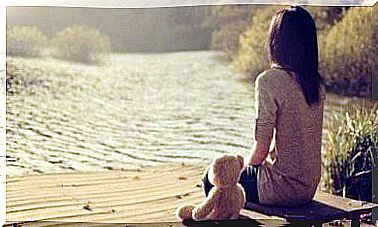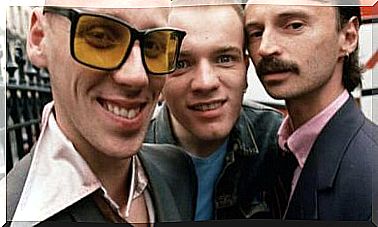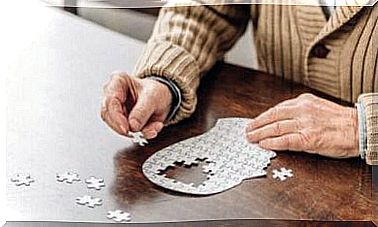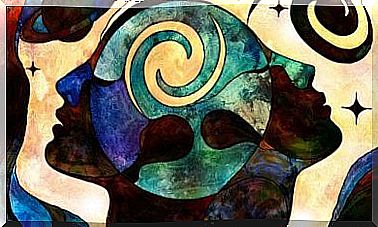The First Wound – Childhood Trauma Affects Us
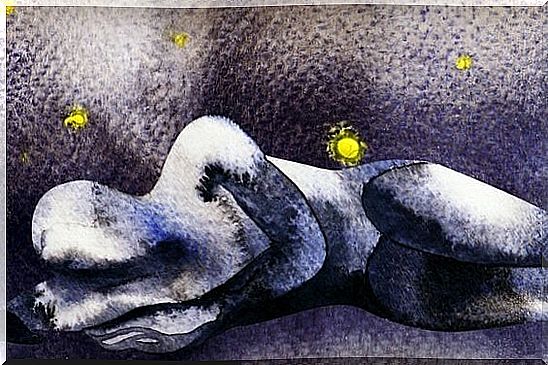
The first wound (sometimes known as the original wound) is an unresolved trauma. It has to do with a break in attachment, a break in the important bond between a child and its parents. It is betrayed by emotional needs that have not been taken care of. This pain comes from an early age and has not been resolved. When we reach adulthood, we try to numb the pain, and yet the trauma continues to set conditions for us.
One of the most common terms in the world of psychology, from the perspective of psychoanalysis, is the figure of the wound, as well as the trauma. Freud explained to us that these psychological wounds go from the outside to the inside. They occur in our most intimate relationships, especially in our childhood. Far from disappearing with time, the wound survives, it remains latent and enters our being. From then on, it creates more and more layers around it and can reach any area of our lives.
Our early experiences
Sigmund Freud and his daughter Anna Freud revealed for the first time the transcendence of early experiences in the development of our personality. So in the 90’s an important book came out in relation to the same subject. ” Primal Wound” wanted to say something about a reality that went much further than Freud. In this book, we were told about the quiet, invisible, but permanent trauma experienced by adopted children.
Nancy Verrier, author of the book, pointed out important ideas about the broken tape. These are the emotions that are offended, or often unconscious wounds that people tend to draw into their adult lives. All of this is a consequence of a childhood that was missing so much.
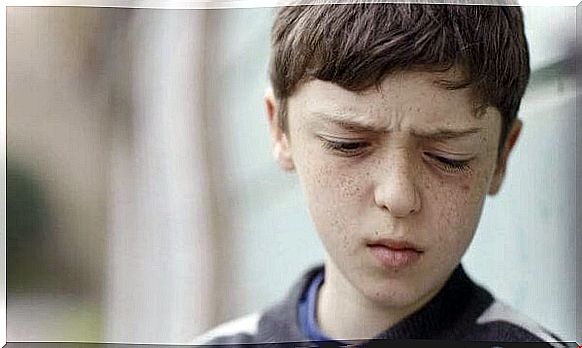
What is the first wound?
Humans have a need that goes beyond just food. When a child enters the world, he first needs to feel protected, wrapped in love and supported by devotion. Love places us in this world and nourishes us. Love helps us to develop, to adapt safely in a friendly environment. We enter this world and know that we are important to someone.
Because of this, when a psychologist or therapist receives a patient, they will also try to create an environment where empathy and closeness are always present. People need these types of nutrition. If we cannot perceive them, or do not feel them, our brain reacts almost immediately. Suspicion, fear and excitement emerge.
This is what a child experiences when he does not feel a close bond. The first wound marks a life when the parents are not available, either emotionally or physically. Little by little, the mind of that baby, and then the same child when it is a few years older, is invaded by anxiety, hunger, emotional desire, emptiness, loneliness, loss and lack of protection.
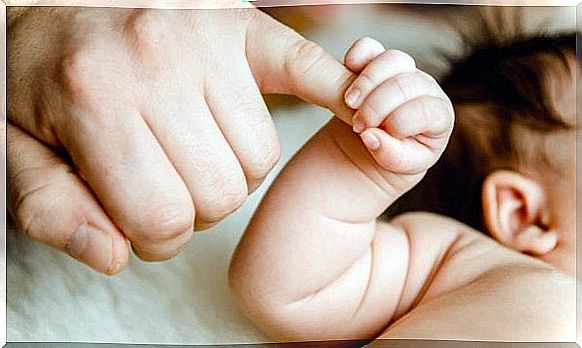
Mother and child
We can understand the first wound almost like an evolutionary sacrilege. This process of developing human characteristics, which every human being goes through, comes primarily from an exchange of genuine devotion and through a constant closeness between mother and child. We must not forget that a baby enters the world with an immature brain and needs touch and skin-to-skin contact as well as the special bond to continue to grow and develop.
If something goes wrong in this process, if something happens in our first three years of life, then it will be an invisible, but deep, destruction. It is an injury that no one sees. This is the damage that will possibly hinder us in the future in several different aspects of our lives. Here are some of them:
Effects of the first wound
It is a very interesting book that is considered as the reference manual in the study of attachment or the formation of bonds. It is entitled The Handbook of Attachment, written by psychologists Jude Cassidy and Phillip R. Shaver. In this book, the authors claim that the very purpose of man is self-realization. Our goal is to transcend, move forward and promote our personal and emotional growth. That way we can enjoy a full life with ourselves and with others.
One of the most important conditions for this to happen is to have a secure, mature, close and intuitive connection to our needs in our early years. But if this does not happen, this first wound can develop and bring with it the following consequences:
- Insecurity and low self-esteem.
- Impulsivity, poor emotional control.
- Increased risk of suffering from various mental disorders.
- Difficulty in establishing solid loving relationships.
- A “survival personality” develops. We try to show independence and security, but the emptiness is still there. It is common for these people to need times of isolation and loneliness. So at other times, they look for closeness, even though that closeness may not be genuine and may actually be harmful.

How can we heal our first wound?
The most appropriate thing to do in these cases is to ask for professional help. In recent years, treatments such as EMDR (Eye Movement Desensitization and Reprocessing) have become more important. It is a technique that combines different types of stimulation and information processing, so that people can bring traumatic experiences and childhood wounds to light, and talk about them, recognize them and handle them better, all in a safe and professional environment.
It is also worth considering the basic strategies that are usually used to try to come to terms with, and heal our first wound. They are as follows:
- Become aware of our latent feelings and give them a name.
- Say out loud our needs that have not been met (affection, support, lack of protection, empathic closeness, etc.) We must “legitimize” these needs and not suppress them.
- Reflect on the loneliness we felt in our childhood. We need to do this without fear, without anger and without shame. Some people avoid thinking about the emptiness experienced in childhood. They prefer not to think about the years of suffering, because of all the pain and discomfort it makes them feel. We must bring the “wounded self” into the light – the part of us that is still full of anger because it did not experience enough love and protection.
- Understand that nothing was your fault. The victim is not guilty of anything.
- Allow yourself to release your sadness and your inner feelings.
- Commit yourself to the change. Be able to transform yourself, take responsibility for a change that will give you inner well-being.

Forgiveness
Finally, the experts in how to deal with and deal with the first wound and the traumas that come with it, advise us to forgive.
Giving forgiveness to our parents does not absolve them from guilt, but it does allow us to free ourselves from their influence. It is simply accepting what happened. Accept the reality of everything we went through. But at the same time, by being able to offer our forgiveness, we will be able to break the circle of pain and release the burden on our hearts. We will be free from the pain, rage and memories of yesterday.
Let us consider this carefully. The subject of the first wound certainly raises great interest. And it is worth spending time trying to understand this complex psychological reality.

